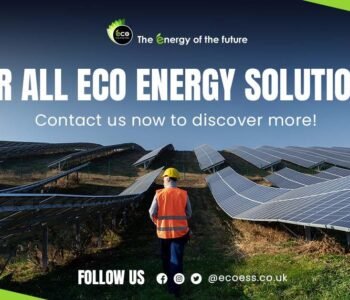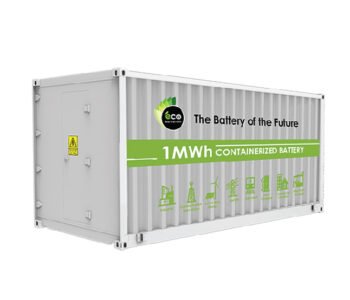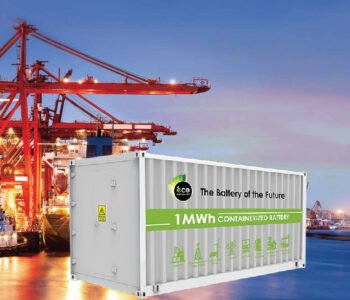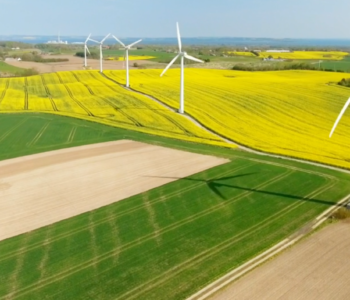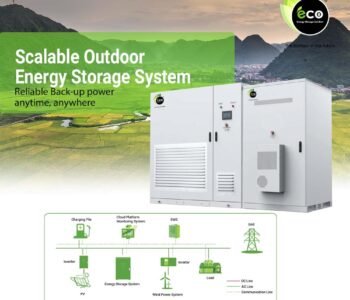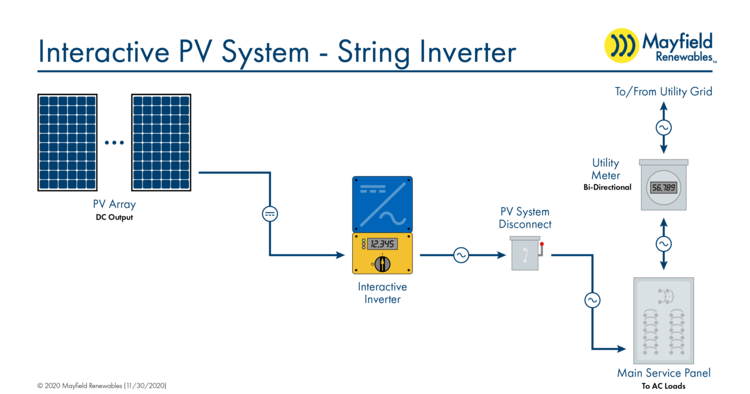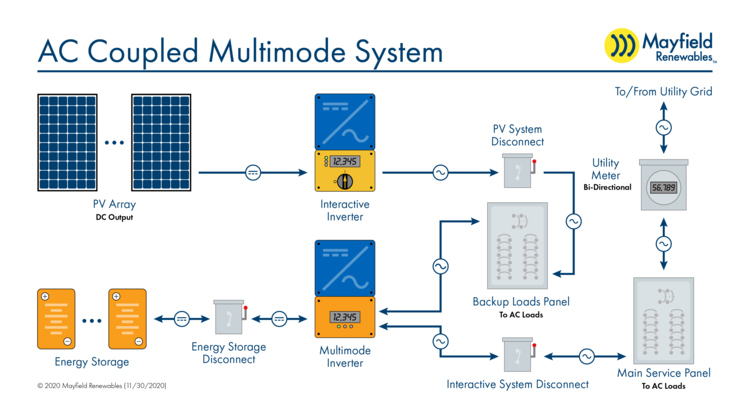 Uncategorised
Uncategorised
The differences between UPS & Energy Storage
Account manager Business development@ Solar power| Solar panels| energy storage green tech| ESS| BESS| renewable energy solar energy lithium battery| energy transition| Batteries|Energy storage|
August 16, 2024
The differences between UPS (Uninterruptible Power Supply) and energy storage technology are important, especially when understanding their roles in power supply and backup systems. Here’s a breakdown of the key distinctions:
1. Purpose and Application:
UPS is primarily designed to provide backup power and stabilize power supply, protecting critical equipment, data, and systems from power interruptions, voltage fluctuations, and other power issues. It is commonly used in data centres, medical equipment, network infrastructure, and personal computers.
Energy Storage Technology is more broadly used for storing electrical energy, which can be released when needed to reduce grid load, increase renewable energy sustainability, provide emergency backup power, and charge electric vehicles, among other applications.
2. Energy Storage Methods:
UPS systems typically use batteries to provide backup power. These batteries can offer short-term power to keep equipment running or allow for safe shutdowns.
Energy Storage Technologies employ various storage methods, including batteries, supercapacitors, compressed air energy storage (CAES), gravity storage, and thermal storage. These methods can store large amounts of energy to be supplied to the grid or other applications.
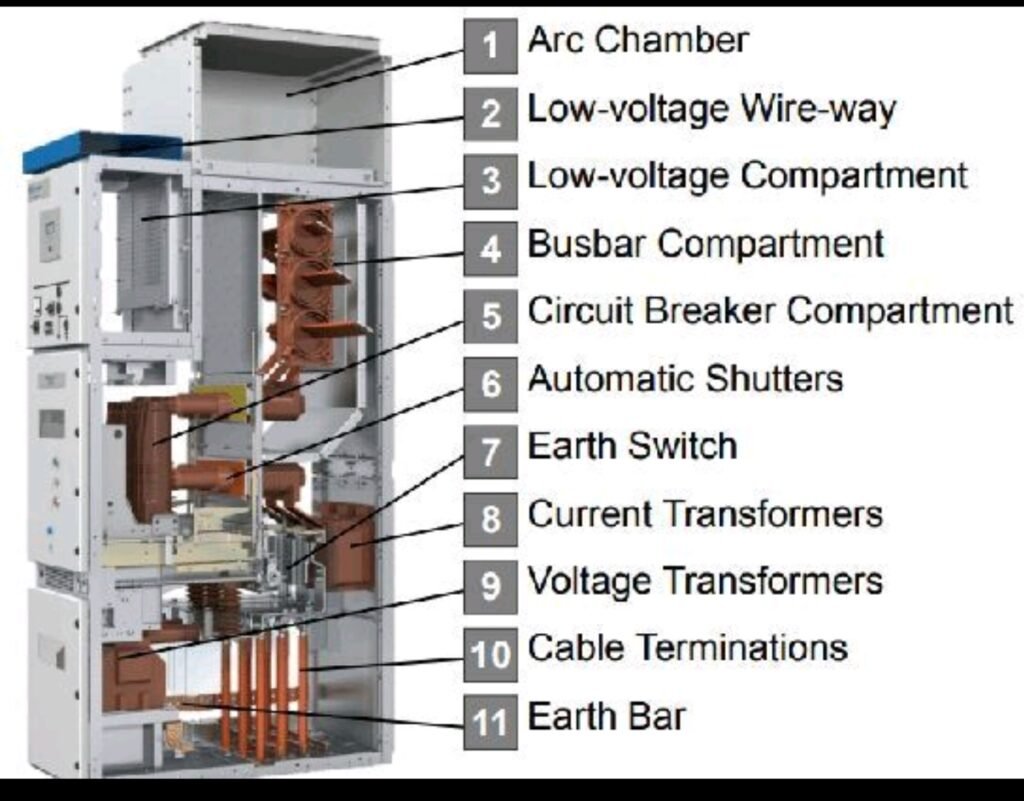
3. Scale and Distribution:
Energy Storage Technologies are generally used in large-scale and distributed applications. They can balance grid loads, store excess renewable energy, provide emergency backup power, and support microgrids.
UPS systems are usually used in smaller-scale applications, such as providing backup power for individual buildings or specific devices.
4. Control and Intelligent Management:
Energy Storage Technologies often require complex control and intelligent management systems to release stored energy as needed and ensure maximum efficiency.
UPS systems also have control systems, but their main goal is to provide immediate backup power during a power outage, without the need for highly intelligent control over energy storage.
While UPS and energy storage technologies overlap in some areas, they have significant differences in design, application, and purpose. UPS is focused on providing immediate backup power, whereas energy storage technologies are more involved in energy storage and distribution to support renewable energy integration and grid reliability.
#PowerSupply #EnergyStorage #UPS #RenewableEnergy #GridStability #EnergyManagement #EmergencyPower #PowerBackup #SmartControl #DistributedEnergy

